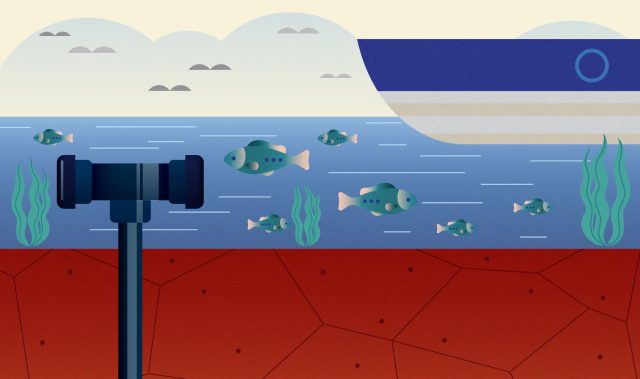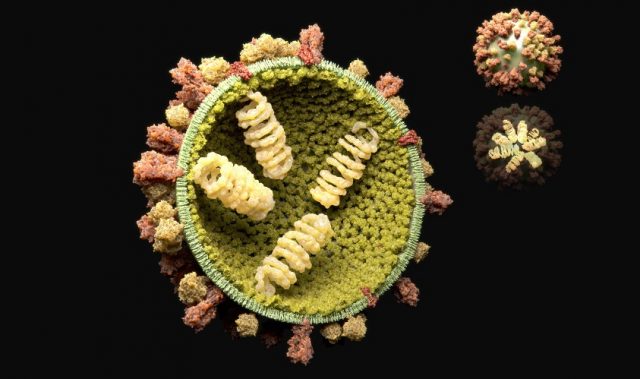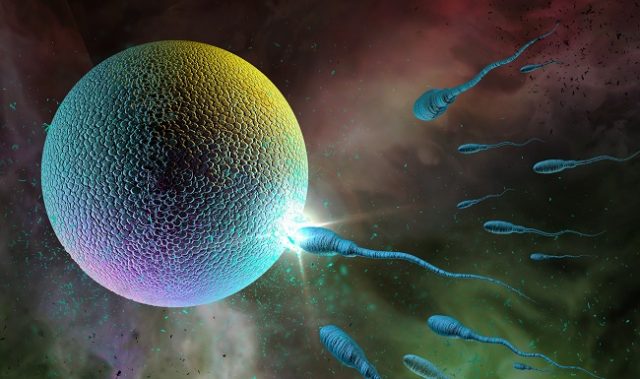
AsianScientist (Jun. 14, 2012) – The first sequencing of the Asiatic pear genome has recently been completed by an international consortium of seven universities and institutions.
The joint effort has yielded a near complete diploid draft genome sequence for the commercially important Asiatic pear cultivar “Suli,” which has the scientific name of P. bretschneideri Rehd. cv. Dangshansuli. A total of 97.1 percent of the estimated whole genome size has been assembled.
The pear (Pyrus spp.) originated during the Tertiary period around 65–55 million years ago in southwestern China. It is genetically diverse with more than 5,000 cultivars and accessions across the world.
Pears can be divided into two major varieties, the European or “Occidental” pear and the Asiatic or “Oriental” pear. Unlike the European pear, which is the more familiar pear-shaped fruit, the Asiatic pear is a round fruit that looks like a yellow apple and is often advertised in U.S. grocery stores as an apple pear.
“The Asiatic pear is the most important commercial variety in China,” said University of Illinois plant molecular geneticist Schuyler Korban, who was part of the research team.
“It’s sweeter, has a high level of antioxidants and is healthy like the apple, but it is higher in lignified cells so when you bite into it, you can feel the grittiness, making it higher in fiber. It’s also more resistant to diseases including fire blight, which the European pear is susceptible to.”
——
Source: University of Illinois College of Agricultural, Consumer and Environmental Sciences.
Disclaimer: This article does not necessarily reflect the views of AsianScientist or its staff.












